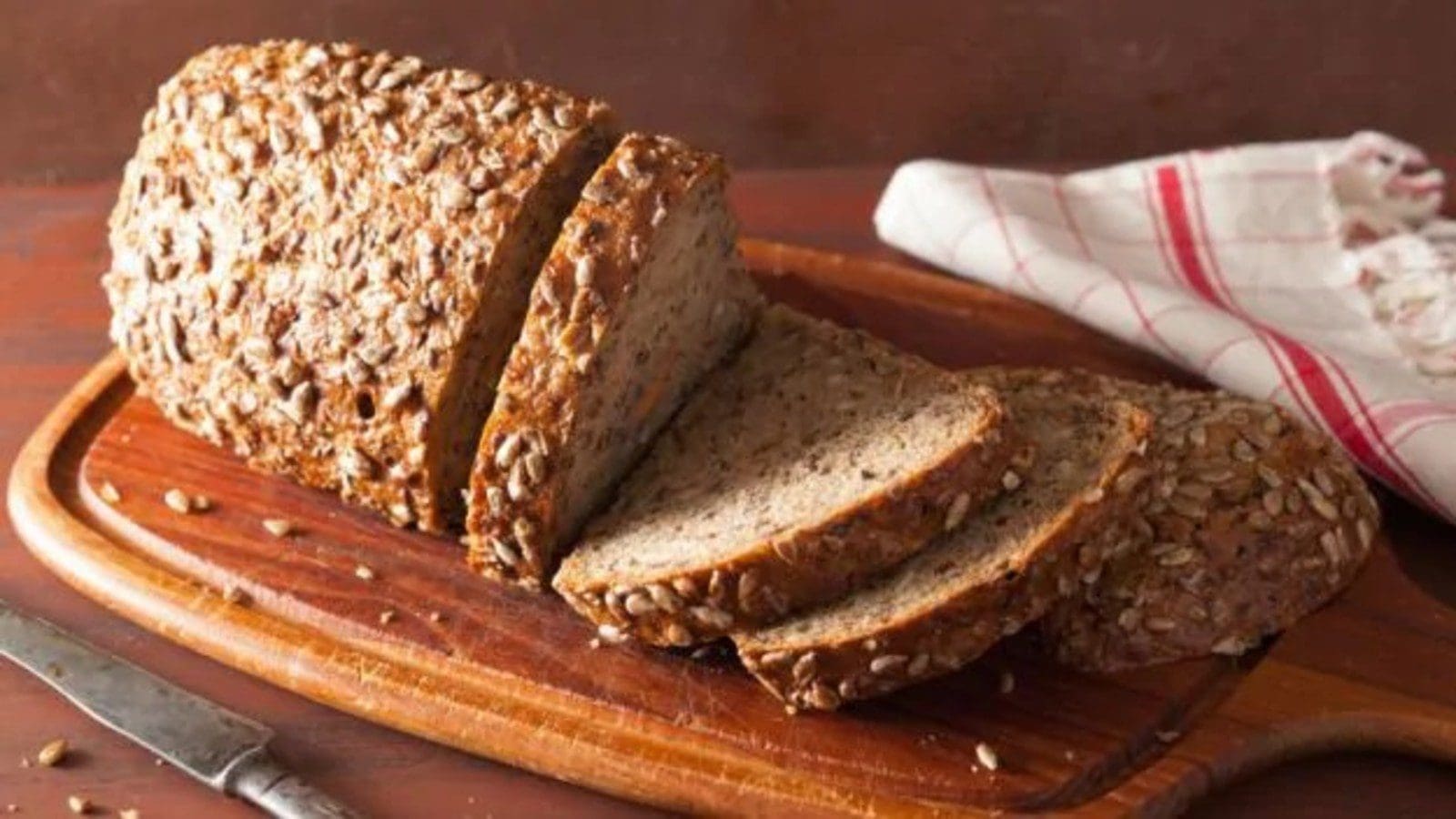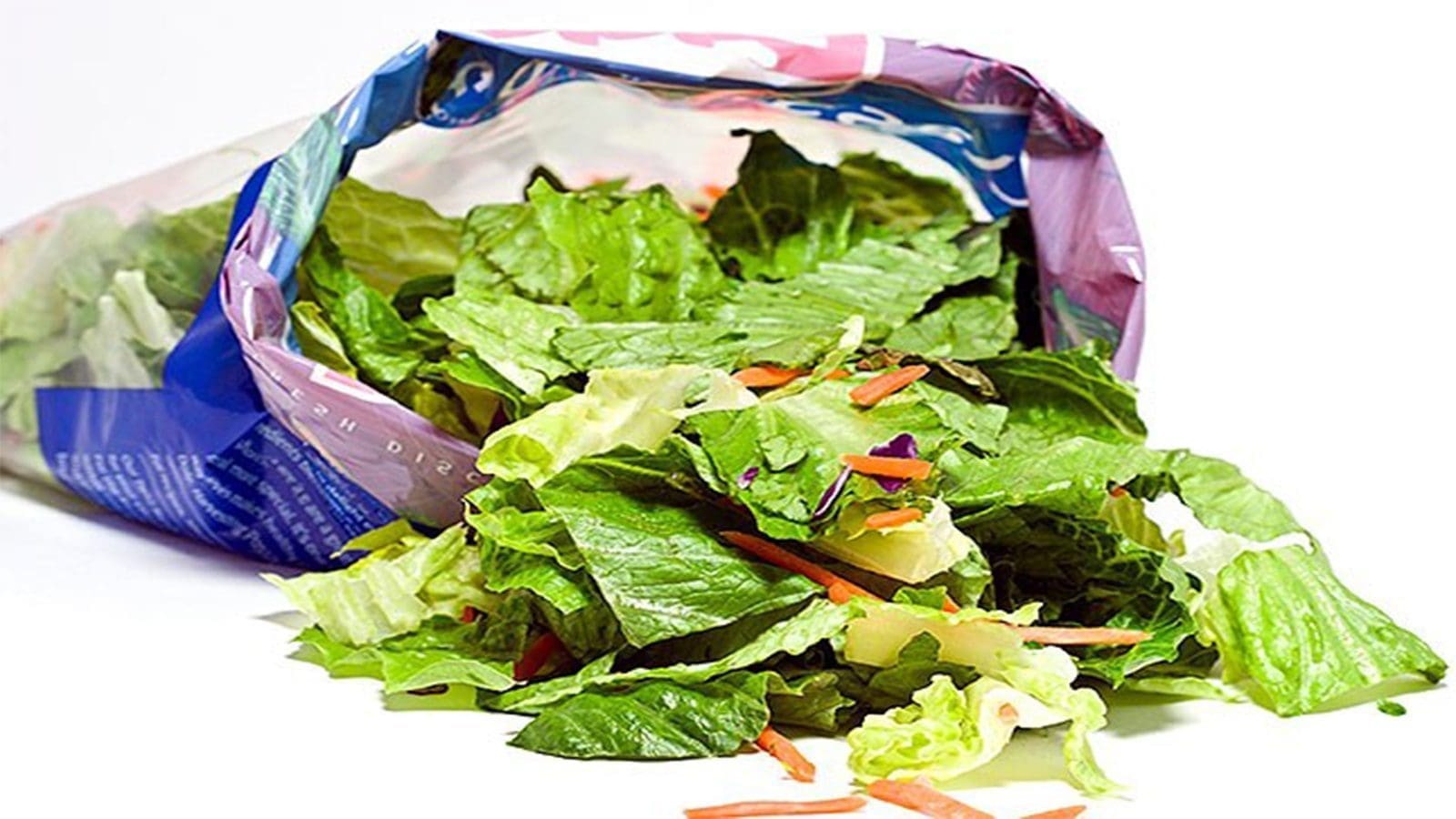SPAIN – Previously well-known for composition analysis and food fraud detection, researchers in Spain are spinning Near Infrared Spectroscopy’s (NIRS) use for quality assessment of fresh produce, specifically spinach.
Traditional methods for determining fresh fruit and vegetable quality characteristics are time-consuming, expensive, and damaging. They often call for laboratory analysis and a number of tests, which means that harvests may be wasted.
To overcome this obstacle, researchers at the University of Cordoba in Spain have employed Near infrared spectroscopy which is a non-invasive technology as part of an ongoing research.
NIRS is an established technique in numerous industries – including pharmaceutics, chemistry and food. It is useful in the food industry for composition analysis and detecting food fraud.
This particular study was conducted for Irina Torres Rodriguez’s PhD thesis research, in collaboration with industry, despite the fact that two research groups have been working together on this line of inquiry for a number of years.
“This technique is based on light interacting with a product in order to gather information about its physical-chemical make-up, its structure and even parameters related to its sensorial characteristics,” explains researcher Dolores Pérez Marín who, along with María Teresa Sánchez, leads a line of researchers studying the use of NIRS sensors as applied to fruit and vegetables.
The aim of their study was to develop prediction models for parameters linked to the quality and safety of spinach, by means of using a portable NIRS micro instrument.
The instrument is very small, allowing them to analyze the product directly in the field, as well as at the various reception and processing points the product passes through.
“The results are very positive. They show this technology’s ability to directly analyze vegetables in the farm, field or within the industry, in order to determine the characteristics related to quality as well as food safety,” says Marín.
To assess quality, the spinach’s soluble solid content was studied, enabling them to plan the best harvest date for when optimum conditions are reached.
In order to guarantee that farmers apply the proper amount of fertilizer to each crop, they also examined nitrate content.
This is crucial in terms of food safety given that European regulations have specified nitrate limitations for vegetables, depending on the usage, such as for infant food, additional processing, or fresh consumption.
The researchers are certain that NIRS satisfies many of the requirements for quality control in the food industry, especially given its speed, accuracy, cost, and non-destructive nature.
The non-directed nature of NIRS, which does not look for a specific component like traditional lab studies do, but instead looks to identify if the product differs from established standards, is one element that the team believes can assist the industry.
As a result, much more information may be gleaned from a single reading.
For all the latest food safety news from Africa and the World, subscribe to our NEWSLETTER, follow us on Twitter and LinkedIn, like us on Facebook and subscribe to our YouTube channel.








